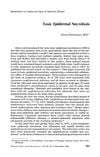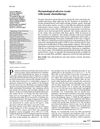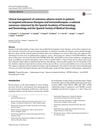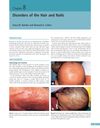Severe Physical Complications Among Survivors of Stevens-Johnson Syndrome and Toxic Epidermal Necrolysis
October 2017
in “
Drug Safety
”
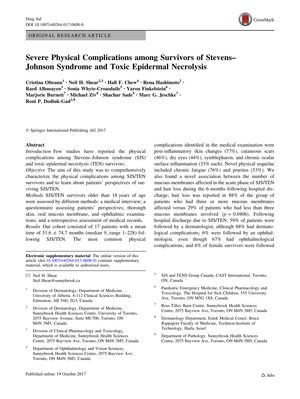
TLDR SJS/TEN survivors often have severe, overlooked long-term physical problems that are not properly treated after leaving the hospital.
The study investigated the long-term physical complications in 17 survivors of Stevens-Johnson syndrome (SJS) and toxic epidermal necrolysis (TEN) over an average follow-up period of 51.6 months. It found that survivors commonly experienced post-inflammatory skin changes (77%), cutaneous scars (46%), dry eyes (44%), symblepharon, and chronic ocular surface inflammation (33% each). Chronic fatigue was reported by 76% of participants, pruritus by 53%, and a significant association was observed between the number of mucous membranes affected during the acute phase and subsequent hair loss, with 88% of those with three or more affected mucous membranes experiencing hair loss. Despite these complications, only 59% of patients were followed by a dermatologist and 6% by an ophthalmologist after discharge. The study concluded that SJS/TEN survivors suffer from severe and often under-recognized physical complications that are not adequately treated post-discharge.
